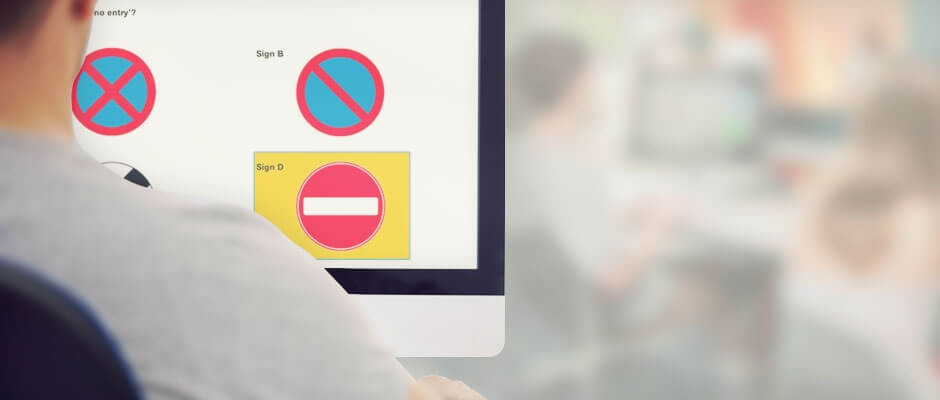If you’re aged 17 or over and have started to learn how to drive, you will need to pass the theory test before you can attempt a practical test. The key to passing the theory test is making sure that you are well-prepared, so here’s our guide to the theory test:
What is the theory test?
The theory test gives drivers an extensive knowledge of the rules and techniques for driving on Britain’s roads. It is split into two parts: multiple choice and hazard perception, and you must pass both in order to pass the test overall.
Where can I take my theory test?
You can take your theory test at your local test centre.
How much will it cost?
It will cost £31.¹ If you need to retake the test you will have to pay the full amount again.
What do I need to bring?
You must bring your provisional driving licence (both the photocard and the paper counterpart) with you or the test will be cancelled. Any personal items you bring must be stored in the lockers provided as you won’t be allowed to take them with you into the test room.
Multiple choice
The multiple choice section contains 50 questions, which you have 60 minutes to answer. The pass mark is 43 out of 50.²
You can choose to do a practice session to get used to the layout of the test. A question and several possible answers will appear and you must select the correct answer. Some questions may require more than one answer.
To prepare for the theory test, you will need to become very familiar with the Highway Code. Once you begin to feel confident in your knowledge of the road, it’s worth taking a practice test to see how you fare.

Hazard perception
The next section involves hazard perception, where you’ll be shown 14 video clips of everyday road situations. The pass mark is 44 out of 75.³
Before you start, you’ll be shown a short video clip about how this section works. The video clips will contain at least one ‘developing hazard’; this refers to something that may result in you having to take action, such as changing speed or direction.
The earlier you notice a developing hazard and make a response, the higher you will score. The maximum points you can receive for each developing hazard is 5. You must not click continuously or in a pattern during a clip, as this give you a score of zero.
It’s a good idea to practice this section until you feel completely comfortable with it. The DVSA have a DVD ROM with plenty of practice questions, which is available in most high street book shops.
When will I get my results?
You will be given your results soon after you have completed the test. If you pass you will be given a pass certificate, which you will need to bring with you when you take your practical test. If you don’t pass the practical test within 2 years after passing your theory test you are required to retake it.
For more information, visit: https://www.gov.uk/driving-theory-test/overview
Sources:
[1] https://www.gov.uk/driving-theory-test/car-and-motorcycle-theory-test-fees
[2] [3] https://www.gov.uk/driving-theory-test/how-the-theory-test-works.
